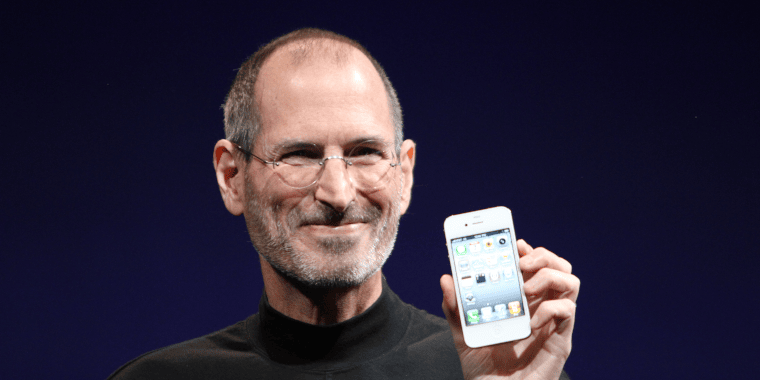
 Change language
Change language
Summary
Steve Jobs, the co-founder of Apple Inc., revolutionized the technology industry with his visionary leadership and groundbreaking innovations. Born on February 24, 1955, Jobs played a pivotal role in shaping modern technology through iconic products like the iPhone, iPad, and Macintosh. Known for his relentless pursuit of perfection, Jobs’ legacy continues to inspire innovation across the globe.
Bio
Steve Jobs, born Steven Paul Jobs on February 24, 1955, in San Francisco, California, USA, was an American entrepreneur, inventor, and business magnate. Adopted shortly after birth, Jobs grew up in Mountain View, California, and later attended Homestead High School. At the time of his passing on October 5, 2011, Jobs was 56 years old. He was known for co-founding Apple Inc., NeXT, and Pixar Animation Studios and for his influence on multiple industries, including personal computing, music, and digital publishing.
Popularity
Steve Jobs is widely regarded as a tech visionary and an innovator who transformed personal computing, mobile technology, and digital media. He gained global recognition for his ability to design and market user-friendly technology, combining functionality and aesthetics. Jobs’ introduction of the iPhone revolutionized the smartphone market, making Apple one of the most valuable companies in the world.
Achievements
- Co-founded Apple Inc. in 1976, launching iconic products such as the Apple II, Macintosh, iMac, iPod, iPhone, and iPad.
- Founded NeXT in 1985, which developed technology later used as the foundation for macOS.
- Acquired Pixar Animation Studios in 1986, which became a leader in 3D animation and produced hits like Toy Story and Finding Nemo.
- Led Apple’s resurgence in the late 1990s, steering the company from near bankruptcy to global dominance.
- Received multiple awards posthumously, including induction into the Bay Area Business Hall of Fame and recognition from TIME Magazine as one of the most influential people in history.
Collaborations
Steve Jobs worked closely with Steve Wozniak to co-found Apple. He also collaborated with Jony Ive, Apple’s chief design officer, to create some of the company’s most iconic products. Jobs’ partnership with Pixar and its leadership team, including John Lasseter, helped redefine animated filmmaking. His professional relationships extended to industry titans like Bill Gates, who both competed and collaborated with him over the years.
Legacy
Steve Jobs passed away on October 5, 2011, after battling pancreatic cancer. He was 56 years old. Jobs’ legacy lies in his transformative influence on technology, design, and business. His innovations reshaped industries ranging from personal computing to digital media. Jobs’ philosophy of combining technology with art continues to inspire countless entrepreneurs and innovators. Apple’s continued success and its role as a global leader in technology serve as a testament to his vision.
Last updated: January 23, 2025
The image featured in this article comes from Wikimedia Commons, the free media repository.

 Français
Français
 Español
Español
 Deutsch
Deutsch
 Português
Português
 Italiano
Italiano
 Polski
Polski
 Ελληνικά
Ελληνικά